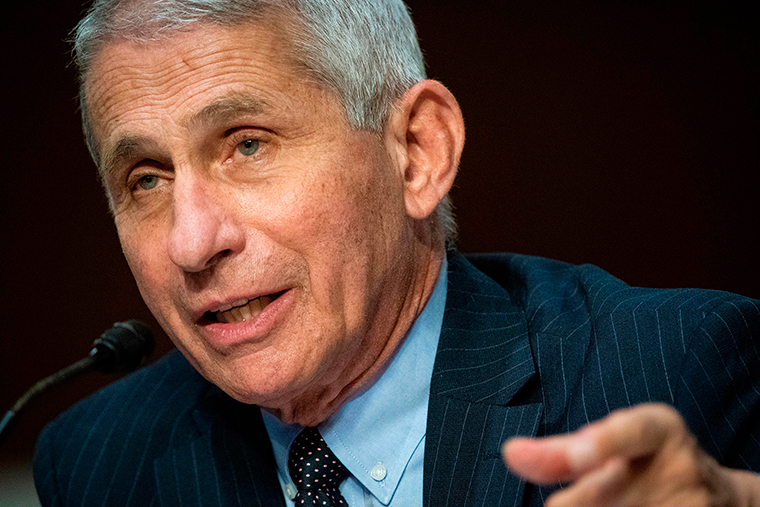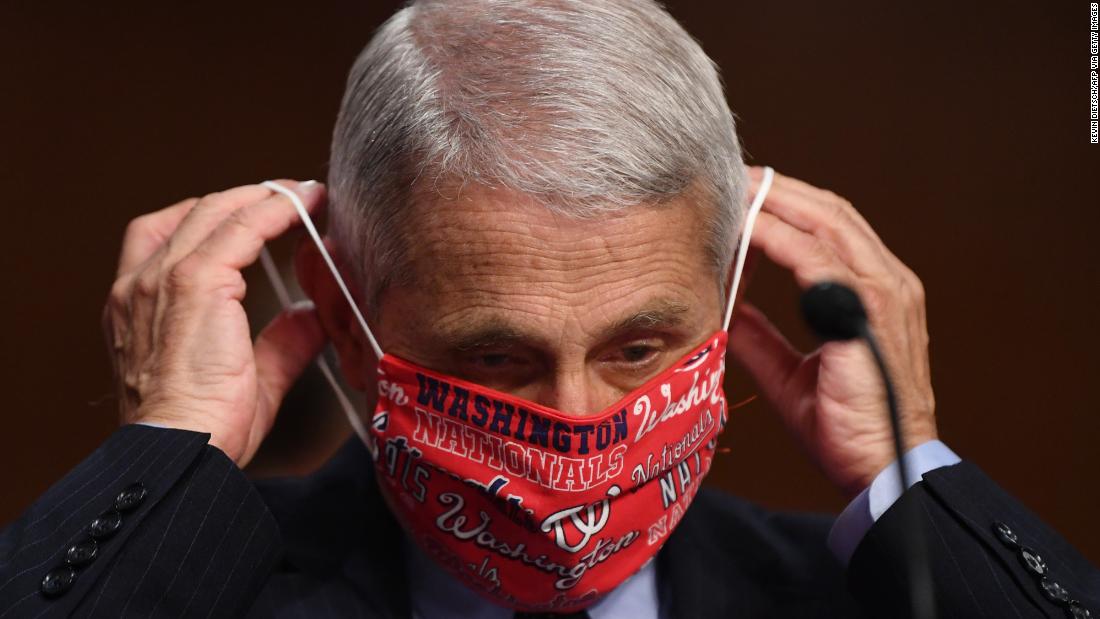The infectious disease expert adds it’s possible to balance the desire to reopen the US with precautions that can help slow the spread of coronavirus

The US coronavirus pandemic is not headed in a positive direction, but it’s possible to balance the yearning to reopen with precautions that can help slow the spread of coronavirus, Dr. Anthony Fauci, director of the National Institute of Allergy and Infectious Diseases, said in an interview with JAMA on Thursday.
“I think it’s pretty obvious that we are not going in the right direction,” he said.
On Wednesday, more than 50,000 new infections were reported in the US and at least 23 US states had paused or rolled back reopening plans.
Fauci said it’s not a case of either supporting reopening or supporting public health measures. “There’s this feeling of an all or none phenomenon, where you’re either on lockdown or you’re just going to say…the devil may care and just let it all go,” he said.
“The best way, as a vehicle to opening the country in a safe way, is to prudently use public health measures,” Fauci said. “It’s not public health against opening.”
The guidance is especially relevant as the nation enters a holiday weekend amid new evidence that suggests the virus has mutated to become more infectious.
“It does look like a particular mutation may make the virus more transmissible,” Fauci said. Research released Thursday suggests that the mutation does not, however, make people sicker.
Fauci said pool testing, a strategy that tests multiple samples at once, can be a helpful surveillance tool. It’s especially useful when there are not many cases of the virus in a community.
“If you have a situation where you have very low penetrance, but you want to make sure it’s low, it’s so much better to do pool testing than it is to try and do individual testing in the community,” he said. “It saves resources. It saves time. It saves equipment, and it saves money.”
Fauci said that pool testing, along with intermittent screening, could come in handy when colleges reopen in the fall.
For grade schools, he recommended making decisions based on the viral activity within particular regions. “Within the realm of some prudent evaluation of the safety to the children and the impact on the community, we should try as best as possible to get the kids back to school,” he said.
Hear more:
![]()


